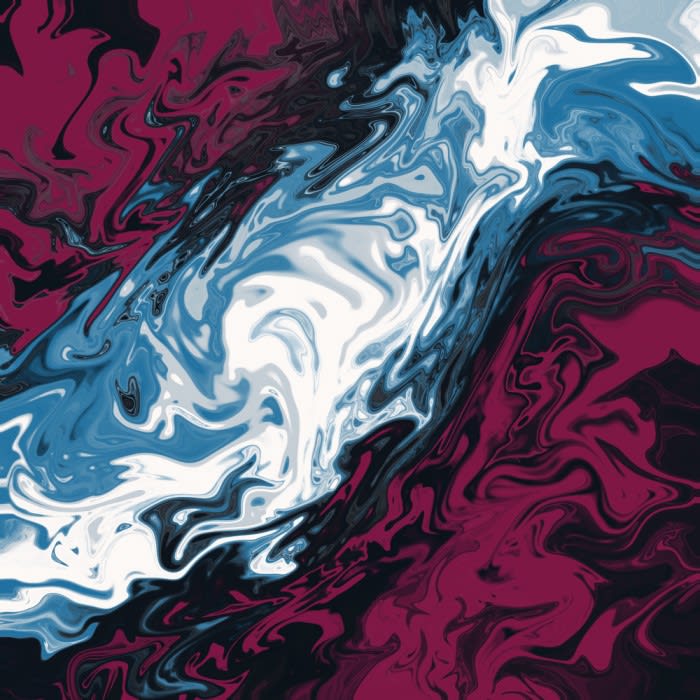Tracing the trends: Popular Indian fabrics across the centuries



If there is one rule that guides the fashion industry, it is the rule of constant change. Living in an era of fast fashion, we are aware how trends change every week, how every season is expected to bring something new to the table.
It goes without saying that such changes in tastes and preferences have occurred time and again over the centuries. Now, if we were to track the history of the clothing industry in India, we would find that there were certain fabrics and garments that enjoyed more popularity than the others during specific historical periods.
This is not to say that no other fabrics were in use at that point in time, but it is to suggest that the mass was head over heels for these fabrics in question. In this blog, we have traced the fabric trends across five different time periods in India.
Mughal Period - Muslin

Muslin, a plain-weave cotton fabric, was a favorite among commoners and elites alike during the Mughal period. Muslin gets its name from Mosul, a city in Iraq where it was first manufactured.
During the Mughal period, Bangladesh (then India) became the hub of muslin production and for the greater part of the 17th and 18th centuries, muslin was exported to Europe from India.
The Roman empire highly valued the muslin exported from India, and in the domestic market, multiple variants of the fabric ranging from delicate handspun yarns to coarser variants were available.
The variant of muslin that was popular among the royalty was called Kings Muslin or ‘Mulmul Khaas’ while other alternatives included ‘Alibal Mulmul’ and ‘Eksuti Mulmul.’
The production of legendary Indian muslin declined in the British Era. The British government wanted to introduce British textiles to the subcontinent but the East India company could not compete with the local muslin productions.
Consequently, government policies were introduced to suppress the local weaving culture, and muslin production took a backseat while British textiles started to make their place in the local market.
Also Read: Top 10 Textile and Apparel Exporting Countries of the World
British Era - Khadi

Khadi or Khaddar was a product of the Swadeshi movement led by Mahatma Gandhi. It was hand spun with the spinning wheel (charkha) and it rose to prominence as a reaction against the British textile industry.
The colonial government exported raw materials from India to the British fabric mills and the final goods were imported back to India and sold at exorbitant prices.
The production of khadi was initiated in an attempt to ban foreign textiles. While khadi is primarily woven with cotton, it can also include wool or silk. Traditionally, the fabric is starched to provide it with its characteristic stiff feel.
Early 20th century - Lace, Satin, Silk

Around this time, skirts, trousers, Charleston dresses, and long-sleeved blouses were in vogue while some of the most popular fabrics in use were lace, satin, and silk.
Crocheted and knitted lace were both in fashion, forming the frills around collars and sleeves of women’s dresses and blouses. So far as ethnic wear or sarees were concerned, silk was more in demand among the elite compared to cotton.
For other garments, satin was also a fairly popular choice. A common misconception that persists about satin is that it is a fabric, when in reality satin refers to a form of weave.
In case of satin weave, four (or more) weft yarns float over a single warp yarn, and vice versa. The resultant product has one glistening surface and a dull one. The ‘fabric’ in question could be silk or cotton.
Late 20th Century - Denim and Leather

The late 20th century witnessed the participation of an increasing number of women in the workforce. The need for comfortable clothing and the influences of popular culture (including movies) together led to the popularity of denim and leather biker jackets.
Before denim became mainstream, a somewhat similar alternative called dungaree was found to be in use in India. Leather pants and jackets, derived primarily from animal skins, were also largely in vogue.
However, with the advent of the 21st century, ethical questions were raised about the use of leather and faux leather was found to be making its place in the market as an ethical replacement.
While the popularity of leather remains unhindered when shoes, bags, and other accessories are concerned, their demand as a fabric for clothing has relatively decreased in the recent years.
21st Century - Polyester, Georgette, Chiffon

The fashion industry in India experienced a positive transformation with the advent of the 21st Century. Fashion designers like Ritu Kumar, Tarun Tahiliani, Manish Malhotra, and Anamika Khanna became celebrity figures influencing the mainstream fashion of the country while leading global brands also gradually carved their space in the Indian market.
While silk, cotton, and denim remained as popular as ever, fabrics such as polyester, chiffon, and georgette became common names in the Indian apparel industry.
Hope you enjoyed reading this blog! For regular updates on latest fashion events, don't forget to subscribe to our newsletter!



















